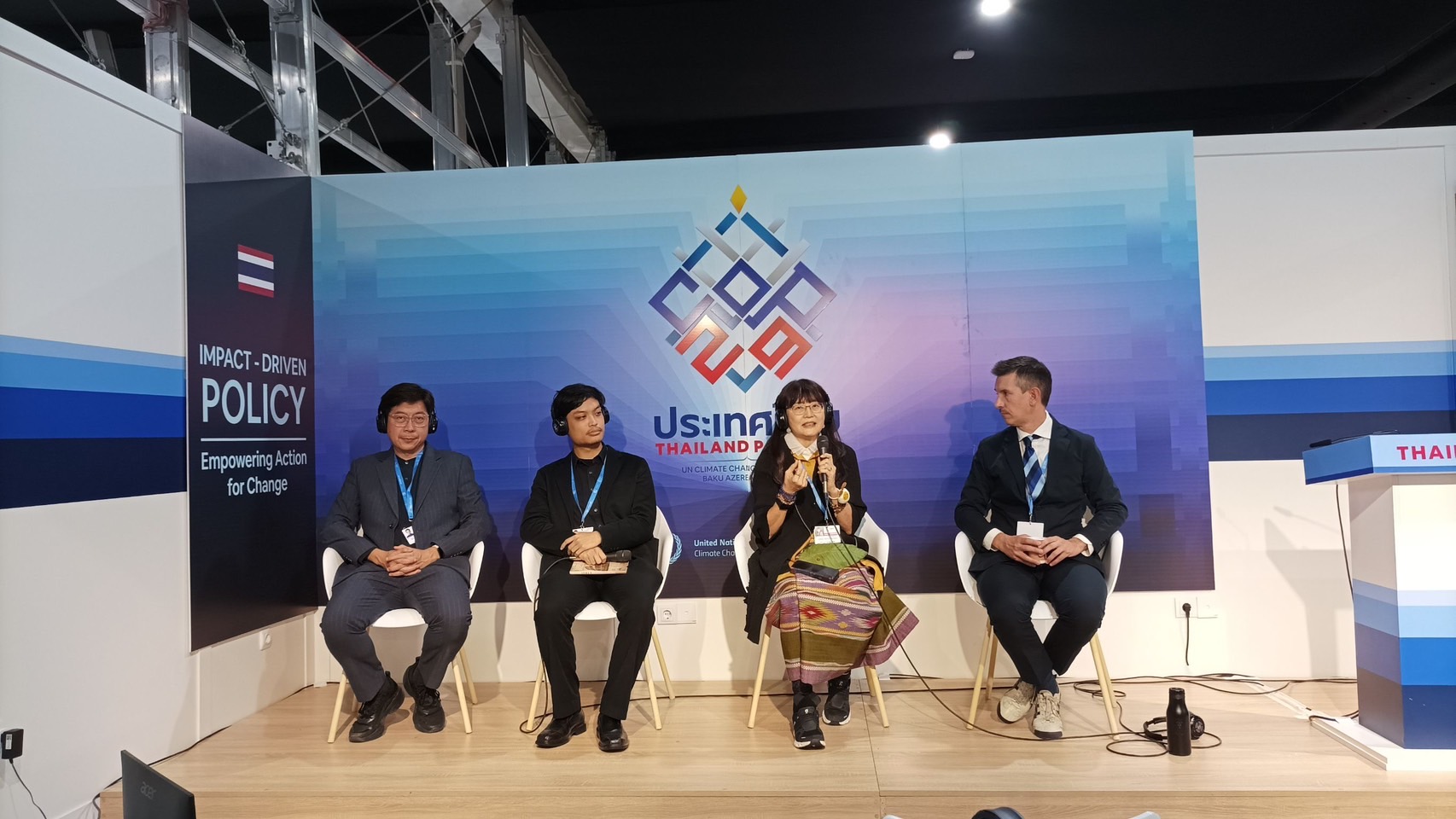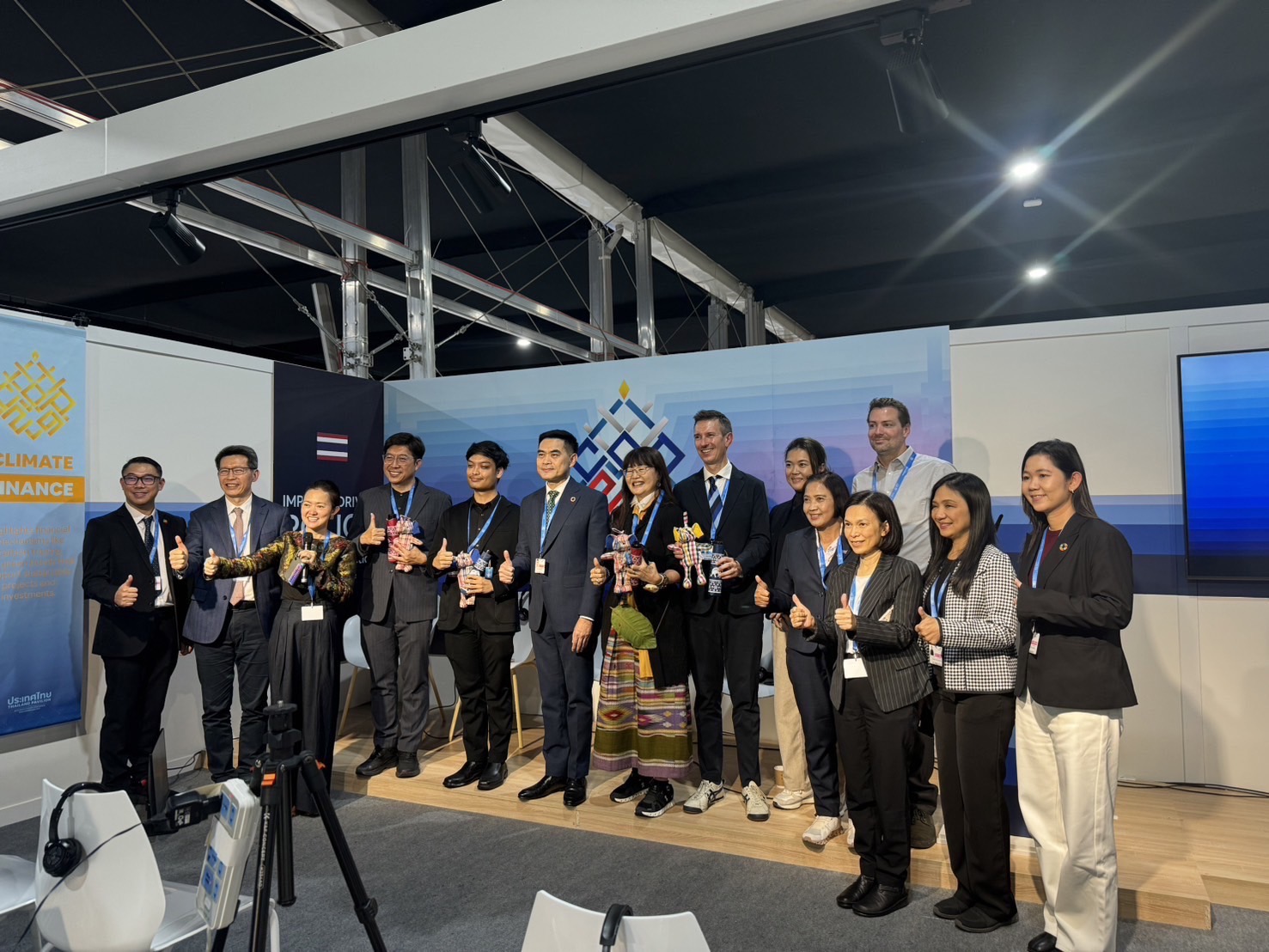Article

Nature-inspired Design for Resilience - Thailand Pavilion, COP 29 Side Event.
Nature-inspired Design for Resilience, In term of Architecture and design, we propose to present about Vernacular Architecture for resilience approach toward Climate Action and Technology.
Vernacular architecture is an architectural design style and concept that reflects the geographic and cultural context of the site and surroundings, focusing on local construction with traditional and regional materials. Vernacular architecture tends to evolve over time to reflect the environmental, cultural and historical context in which it exists. The word vernacular comes from the Latin word “vernaculus” meaning domestic or native, usually related to a country.

Climate change vernacular
“Climate change vernacular” represents the design language and unique character of buildings that effectively respond to the current moment. For the criteria to considering for design which have 3 things as ganeral and there are Space, Material and Technology.
The space design adapts to the local climate with natural ventilation and passive heating and cooling, ensuring energy efficiency and durability. Vernacular architecture sticks to principles of energy efficiency and making use of raw& local materials and resources which are in native area or close proximity to the site. It is very important to take into account the energy lost in the transportation of these materials. For Examples Local wood, Bamboo, Rammed Earth,and Energy saving glass etc. Plus with technology like Floating Architecture system, water management system with structire and energy efficiency technology which combine with the design to create new vernacular in the era of the climate change.

Vernacular Design
Vernacular design passionately upholds preserving culture and identity while pursuing sustainability. The artful integration of local materials with architectural vision forges a profound connection, unifying communities with their surroundings. Vernacular architecture faces more opportunities and challenges with the diversification of social activities. Interestingly, the opportunity lies in the increasing awareness and interest in the protection of local culture, which will undoubtedly attract more attention to vernacular architecture. However, the challenge is to address the rising demand from people’s material lives becoming richer for architectural space.
